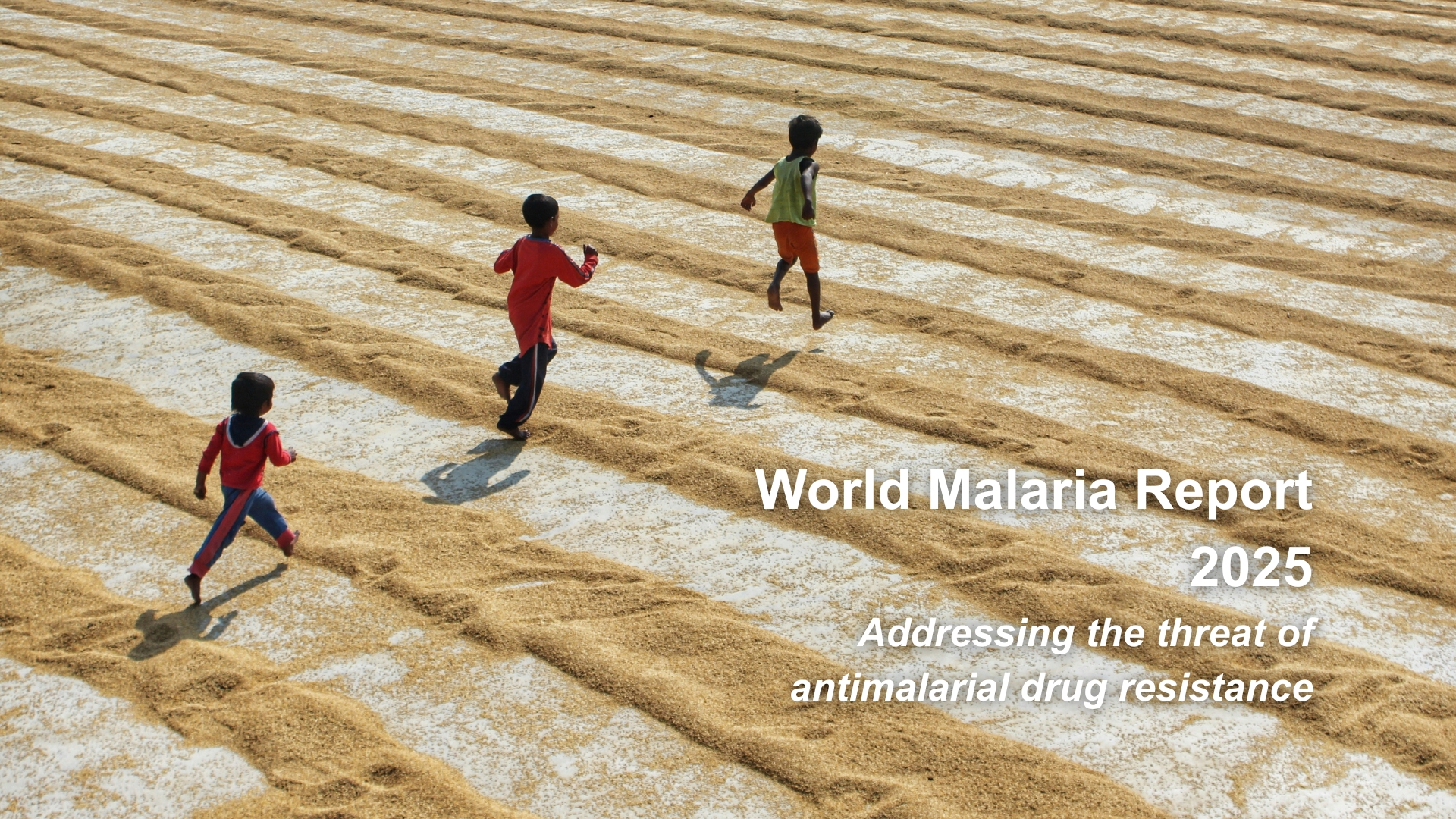
From conducting household visits to advising nationalprogrammes, women play many diverse and important roles to achieve total malariaelimination. To mark International Women’s Day, Mrs. Nouansy shares her story of working with high-riskvulnerable communities to detect and treat malaria and how embracing equity iscritical in the fight to end malaria.
A group of women plant paddy rice seedlings in a field near Sekong, Lao PDR.
Photo credit: Jim Homes, DFAT 2007

Mrs. Nouansy, 33, is a Talieng ethnic member living in Nontiw Village, Lamam District, Sekong Province in the southern part of Lao PDR. She works as a farmer but has volunteered as a Village Malaria Worker (VMW)since 2018. She was trained by the National Malaria Programme to provide malaria and Integrate Community Case Management (ICCM) services in her community. Besides malaria, she also supports in WASH, nutrition, maternal and child health.
Sekong Province is ethnically diverse but has a small population and low levels of development. Mrs. Nouansy’s remote village is surrounded by a hilly tropical forest, which is a fertile environment for mosquitoes that carry malaria. Many villagers are farmers and forest-goers who must regularly travel near or through this forest for their livelihood, which places them at high risk of contracting malaria and other diseases.
Besides malaria, the most common health problems in her community are fever, tuberculosis, chickenpox and diarrhoea. April and May are especially difficult months as Mrs. Nouansy has noticed more people become sick with diarrhoea due to poor hygiene practices. Unfortunately, there is a lack of medicines for primary health like Paracetamol or oral rehydration solutions in their community.

I am a malaria worker. I want to see people in my community healthy because if we are healthy, we can do our daily work and develop our community. If there are many malaria cases, people in another village do not want to visit our village and it effects people’s income and well-being which leads to poverty.Nouansy, Village Malaria Worker, Lao PDR
As part of her role as a VMW, Mrs. Nouansy visits 12households every month to provide health education within the community, including knowledge about malaria signs and symptoms, risky behaviours, prevention, health services available in the community, treatment and follow up.
When community members come to her with symptoms or she learns they are at high-risk after returning from the forest, Mrs. Mouansy conducts tests to determine malaria cases. Although this past year she did not detect any malaria positive cases, in 2022, she identified a few cases of P. vivax malaria, which can be deadly and very difficult to detect. She referred these patients to test G6PD at the nearest health centre, then conducted patient follow-up until all patients completed their full course of treatment.
Boy on bamboo bridge in Laman District, Sekong, Lao PDR. Photo credit: Jim Holmes, DFAT 2009

Mrs. Nouansy believes it is important to integrate other diseases like tuberculosis and HIV in the work of VMWs. She also has faced challenges in her work raising awareness as some community members did not seem to care about their health or their risk of contracting malaria.
Fortunately, many people do listen to Mrs. Nouansy, including national and international stakeholders:
As a representative of VMWs from Sekong province, I had the chance to attend malaria project planning meetings at the provincial and national level, including a country dialogue for funding request development through the Global Fund. I am delighted and honored to be part of this process and for my opportunity to highlight communities’ priorities. I speak up in these meeting to inform what our communities need and what they want to accomplish. I would like to say thank you for all support I have received to do my work. Nouansy, Village Malaria Worker, Lao PDR
Thank you to Mrs. Nouansy, Malaria Free Mekong the Regional Malaria CSO Platform for sharing this story.
Read More
Liked Mrs. Nouansy's story? Find more stories of local leaders fighting malaria from Malaria Free Mekong.
Read more community stories

Involving vulnerable communities through understanding of gender equality, disability, and social inclusion (GEDSI) is essential to eliminating malaria in Asia Pacific by 2030.
Read our GEDSI Strategy

.svg)


.jpg)






